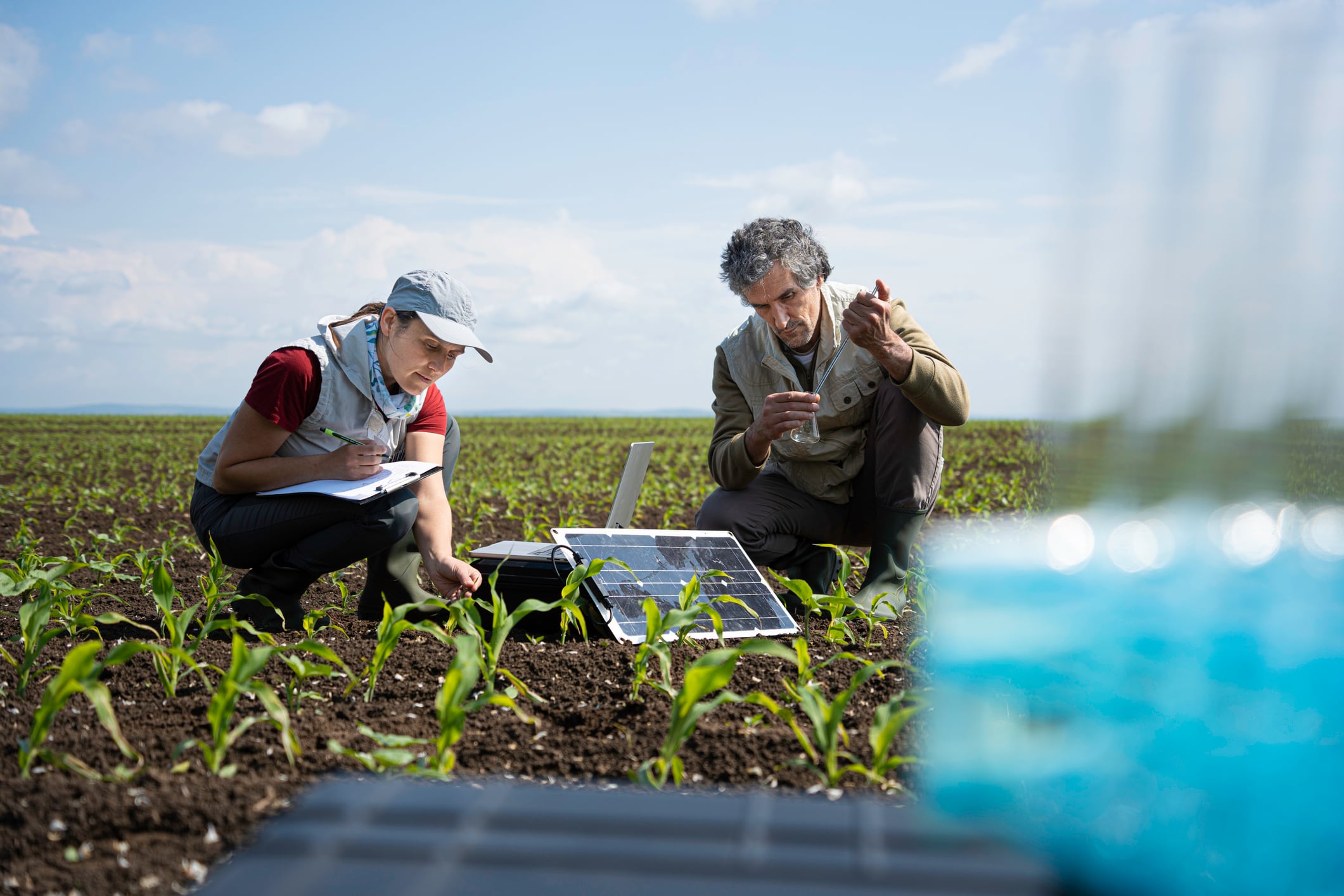The Norwegian company uses solar-powered GPS collars (put on cattle, sheep, and goats) and a mobile app to control and monitor in real time grazing animals without physical fences.
These collars emit audio warnings or mild electric pulses when an animal approaches a boundary. The benefits to farmers who manage grazing areas remotely include improved pasture productivity, animal welfare, and farmer efficiency.
Founded in 2011 by Norwegian goat farmer Oscar Hovde Berntsen, the company since 2017 has sold around 150,000 collars worldwide including in Norway, the UK, Ireland, Spain, and the US, which is not far off the numbers enjoyed by dairy-industry focussed virtual fencing start-up Halter – now one of New Zealand’s rare unicorns.
Tackling the connectivity barrier
Its new system upgrade called HerdNet is standard on 2.5-generation Nofence collars. It uses Bluetooth Low Energy technology to allow collars to communicate directly with each other, rather than relying solely on mobile networks.
Improved connectivity is now built into the collars themselves, the company said, whereas previously, particularly in harder-to-reach areas, connectivity relied solely on cell towers. Now, collars communicate with each other and share updates across the herd via HerdNet.
Real-time synchronisation
When any collar in the herd has server connectivity, it fetches updates (such as new pasture boundaries) and then shares them with nearby collars. This enables real-time synchronisation across the entire herd, ensuring that all animals receive boundary updates quickly – even where cellular connectivity is unreliable or absent.
Collars now receive virtual fence updates within minutes rather than delays of up to half an hour in poor signal areas, the company said, allowing for consistent herd management. All collars stay updated together, preventing confusion and reducing time spent managing livestock movement during boundary changes.
The system also boasts energy efficiency. Bluetooth-based data sharing is low-power, preserving battery life while maintaining robust connectivity.
The benefits of virtual fencing
- Farmers can draw, move, and remove virtual boundaries using a smartphone app, monitor animals in real time
- Lack of physical barriers reduces the risk of injury, supports natural grazing behavior, and lowers animal stress
- Allows for precise rotational grazing, prevention of overgrazing, protection of sensitive habitats, and easier management of varied terrains
- Farmers avoid the expense and effort of building and maintaining physical fences, and can save time on livestock monitoring and management
Greater accessibility for farmers
Nofence’s team worked closely with farmers in a test group to gather valuable feedback to refine the product, it said. The new system makes virtual fencing and the benefits of precision grazing precision grazing more reliable and accessible for farmers worldwide, Nofence’s vice president of engineering Fabien Lepoutre, told AgTechNavigator.
“Previous systems rely on each collar connecting directly to the cloud to send data and receive new configurations such as updated pastures,” he explained. “With HerdNet, collars are able to share this information with one another. In areas with limited connectivity, HerdNet greatly increases the chance of each individual collar exchanging information with the cloud since only one collar in the whole herd needs to establish a direct link with the cloud before propagating this information to and from the other collars.”





